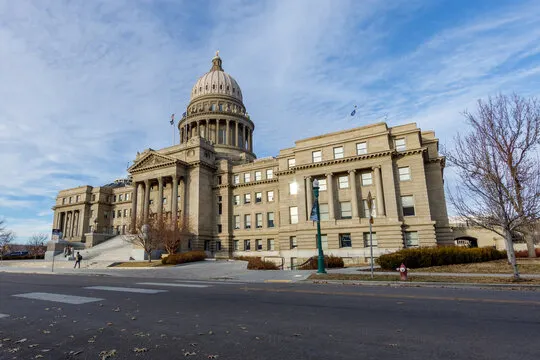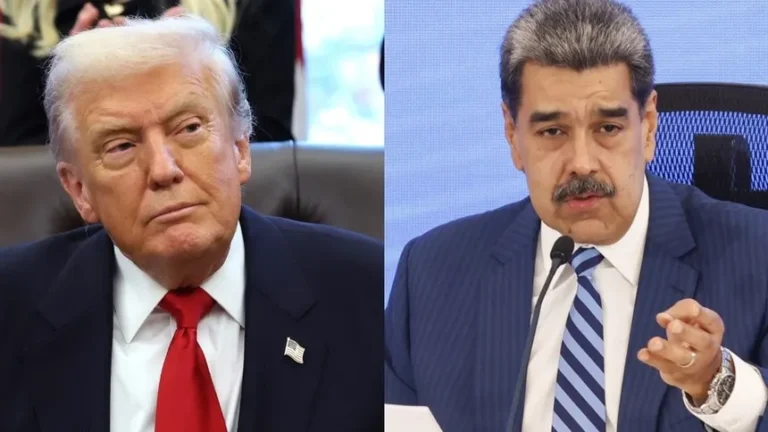
Revenue Falls Short After Tax Policy Changes
Idaho is currently facing a projected $79.9 million budget deficit for the fiscal year, marking a rare deviation from its traditionally balanced financial posture. The shortfall is attributed to a combination of tax reductions and weaker-than-anticipated revenue performance—particularly in sales tax collections.
Recent income tax reductions, passed earlier this year, contributed to the dip in available funds. These cuts, intended to stimulate the economy and offer relief to Idahoans, have also reduced the state’s incoming revenue stream.
Consumer Spending Cools While Corporate Revenue Holds Steady
In addition to the tax changes, officials point to a noticeable softening in consumer spending, which is translating into lower sales tax receipts. While income and corporate tax collections remain relatively stable, the drop in retail-related tax revenue has contributed significantly to the budget gap.
Idaho is not alone in this trend; other states have reported similar dips, largely due to more cautious consumer behavior in response to national economic conditions.
Rainy Day Funds Remain Untouched—For Now
Despite the shortfall, state financial leaders have not dipped into Idaho’s rainy day funds, which are typically reserved for economic emergencies such as recessions or systemic downturns. These reserve funds remain available but are used only under more critical fiscal scenarios.
Leadership Outlook Remains Measured
While the budget gap raises concerns, state officials have indicated that it does not currently warrant drastic action. Legislative leaders have described the situation as manageable and have signaled a wait-and-see approach until the next official revenue update in January 2026.
That update will likely guide key decisions in the upcoming legislative session, especially as policymakers consider spending priorities and fiscal reforms in the next state budget cycle.
Related Coverage
- Idaho News – https://idahonews.co/idaho-news-3/




